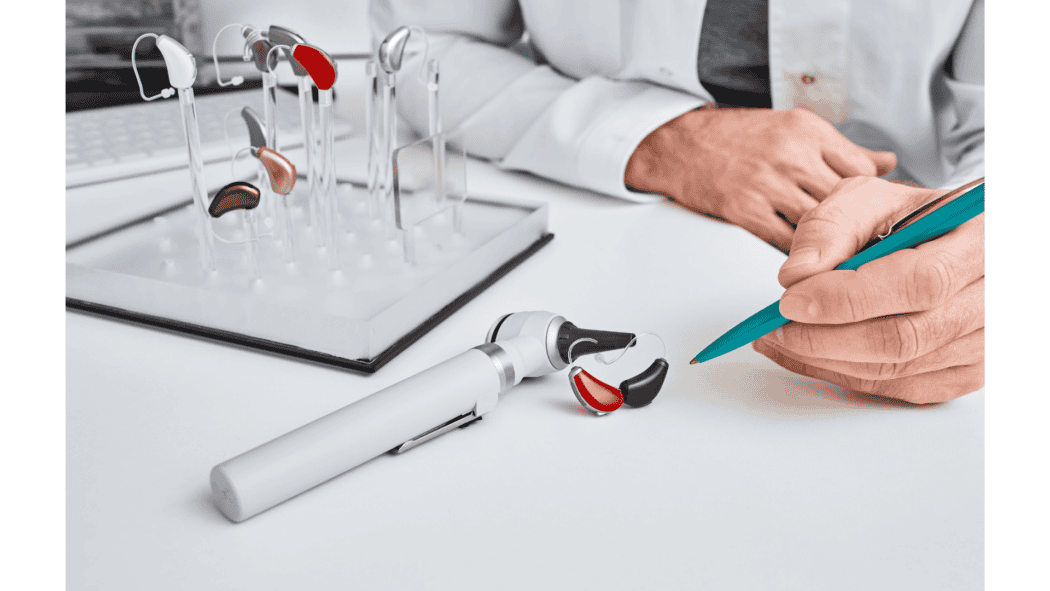
Understanding Hearing Aid Volume Levels
For individuals experiencing hearing loss, hearing aids can be life-changing. They not only improve your ability to hear but also contribute to better communication and a more fulfilling social life. However, understanding how to manage hearing aid volume levels is critical to getting the most out of these devices without causing discomfort or further hearing damage.
Why Hearing Aid Volume Levels Are Important
When you first get hearing aids, it’s tempting to think that the louder the volume, the better your hearing experience will be. However, turning the volume up too high can lead to a range of issues, from discomfort and distortion to even further hearing loss. On the other hand, if the volume is set too low, you may not receive the amplification you need, making it difficult to hear and understand conversations.
Finding the correct volume level is crucial because it impacts your comfort and the effectiveness of your hearing aids. It also plays a role in ensuring you’re using your devices safely without causing additional hearing damage. With this in mind, let’s look at how to set the correct volume level for your hearing aids.
The journey to better hearing starts with a hearing health exam. During this exam, a provider assesses your hearing and determines the extent of your hearing loss. Based on this evaluation, they will program your hearing aids to match your specific needs. This programming includes setting initial volume levels and adjusting the hearing aids to amplify the frequencies where you have hearing loss.
It’s essential to work closely with your provider during this process. They will guide you through the setup, explaining how to adjust the volume levels and answering any questions you might have. Hearing health professionals also schedule follow-up appointments to make further adjustments based on your experience with the hearing aids.
If you notice that your hearing aids are too loud or too quiet after the initial setup, don’t hesitate to contact your provider. They can make fine-tuning adjustments to ensure you’re getting the right balance of amplification and comfort.
Finding Your Ideal Volume Level
Finding the ideal volume level for your hearing aids may require some experimentation. Fortunately, most modern hearing aids come with user-friendly controls that allow you to adjust the volume. Some even feature automatic volume adjustments that adapt to your environment, ensuring a consistent listening experience.
Here are some tips to help you find the right volume level:
- Start with a Low Volume: Begin with a lower volume setting and gradually increase it until you find a level that is comfortable and effective. This approach helps prevent discomfort and allows you to adjust to the hearing aids more easily.
- Consider Your Environment: Different environments call for different volume levels. For example, you may need a higher volume in a noisy restaurant than you would in a quiet room at home. Experiment with adjusting the volume based on your surroundings to find the most suitable setting.
- Listen for Distortion or Feedback: If you hear distortion, feedback, or other unwanted sounds, it could be a sign that the volume is too high. Lower the volume slightly and see if the distortion disappears. If it persists, consult your provider for further guidance.
- Don’t Ignore Discomfort: If you experience pain or discomfort while wearing your hearing aids, it’s crucial to address it promptly. Discomfort may indicate that the volume is too high or that there’s an issue with the hearing aid itself.
Common Mistakes to Avoid
When adjusting hearing aid volume levels, there are some common mistakes to avoid. These mistakes can affect your hearing aid’s performance and even pose a risk to your hearing health. Here are a few to watch out for:
- Turning the Volume Too High: Setting the volume too high can cause discomfort, distortion, and further hearing loss. Always start with a lower volume and increase it gradually. If you’re unsure, consult your provider.
- Neglecting Follow-Up Appointments: Follow-up appointments with your provider are crucial for maintaining the performance of your hearing aids. These appointments allow you to fine-tune the settings and address any issues that arise.
- Ignoring Different Environments: Your hearing needs can vary depending on your surroundings. If you’re always using the same volume level, you might not be getting the best experience. Adapt your volume based on your environment to achieve optimal hearing.
- Failing to Use Hearing Aids Consistently: To get the most benefit from hearing aids, you should use them consistently. If you’re only using them occasionally, you won’t fully adjust to the experience, and it may be more challenging to find the right volume level.
Understanding hearing aid volume levels is key to getting the most out of your devices. By finding the right volume setting, you can improve your ability to hear and engage with others without risking further hearing damage. It’s important to work closely with your provider, attend follow-up appointments, and adapt the volume to different environments for the best experience.
If you’re unsure about your hearing aid volume levels or experience any issues, don’t hesitate to seek professional guidance. Remember, the goal is to achieve a comfortable and effective hearing experience that enhances your quality of life.
